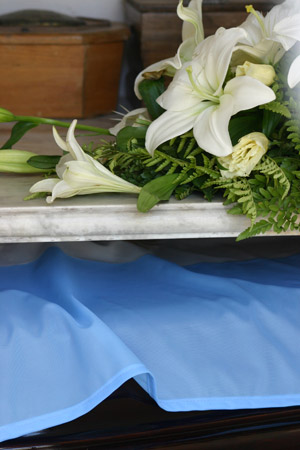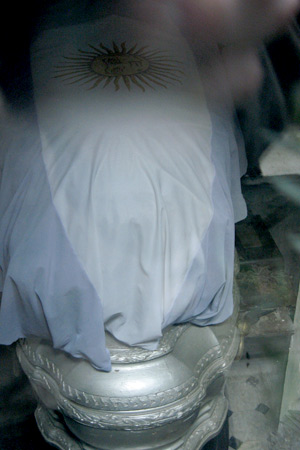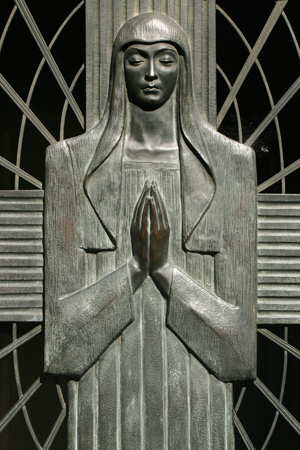
Documenting Recoleta Cemetery in Buenos Aires since 2007
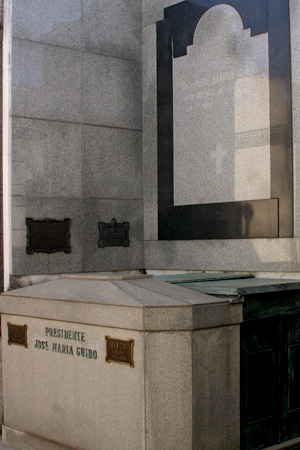
The short Presidential term of José María Guido—only 1.5 years—began with one of the strangest coup d’états in Argentine history.
In 1962, President Arturo Frondizi reinstated the Peronistas as a political party after Perón was forced to flee Argentina in 1955. Perón himself was banned from participating in elections, but loyal followers voted for Peronista candidates in 10 of 14 provinces. Seven years of Peronist prohibition did not weaken the party as the military had hoped, so they took matters in their own hands.
While the military held an obstinate Frondizi captive on Isla Martín García (he stated, “I will not commit suicide, I will not resign & I will not leave the country”), Guido decided to take charge. Frondizi’s Vice-President had previously resigned, leaving the Head of the Senate as the next-in-command… & that was Guido’s position. Supported by members of the Supreme Court, Guido was quickly sworn in as President much to the surprise of the armed forces.
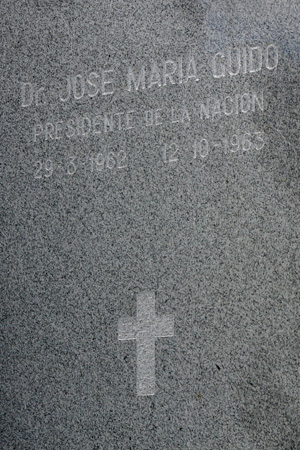
When they found out what had happened, the military agreed to let Guido keep his new post on one condition—that he annul recent elections. Guido convened a special session of Congress, they annulled the Peronist victory, & Congress went into permanent recess. Elections were held in 1963 & the UCR candidate, Arturo Illia, won. Democracy was briefly restored until the next military coup in 1966.
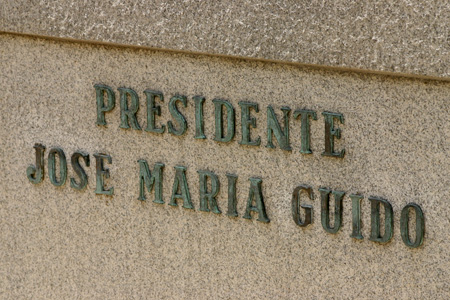
The most obvious & frequently used cemetery symbol is a skull & crossbones. Real skulls & bones were often piled at the entrance to a cemetery to leave no doubt about what was inside. Later adopted as a danger sign, an indication of poison & a pirate’s flag, it always reminds us of one thing—death.
What has always struck me as interesting is the rather comical nature of this symbol in Recoleta Cemetery. Most of the skulls have a cartoon-ish quality about them, showing a devilish grin or oddly round eye sockets:
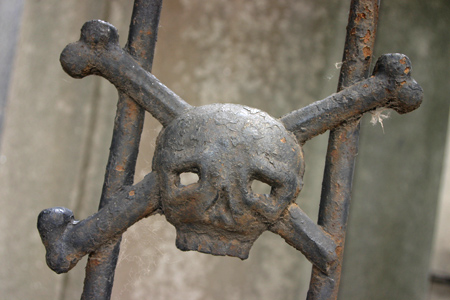
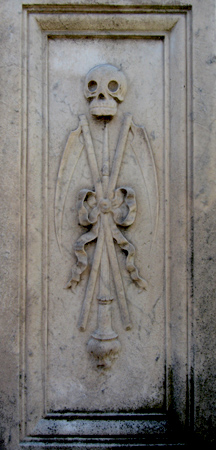
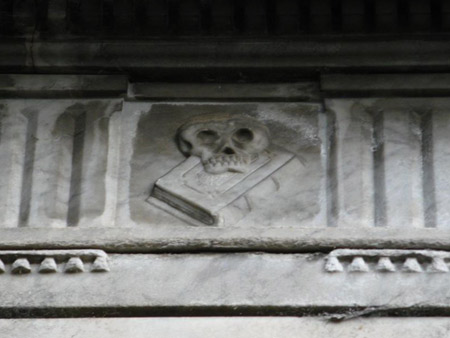
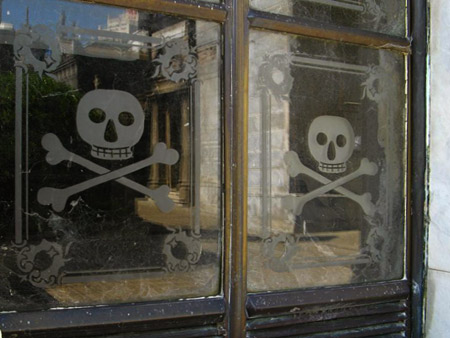
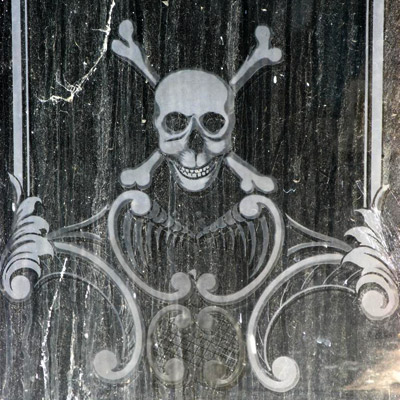
It makes accurate depictions all the more spooky:
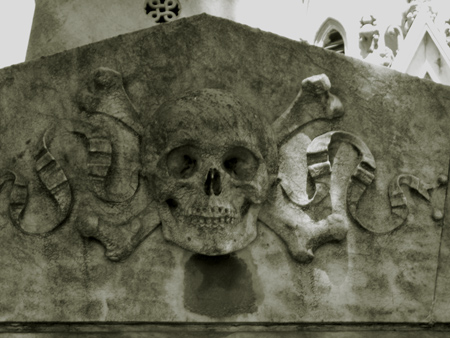
And although there is very little graffiti inside Recoleta Cemetery, some people get inspired by their surroundings:
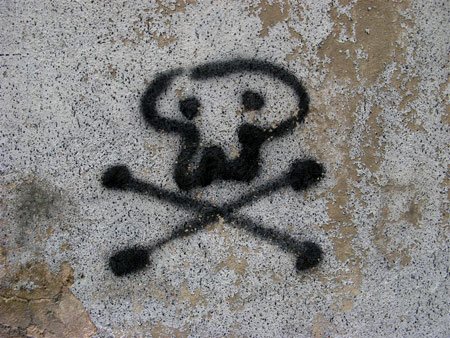
Photos #3, 4, 5 & 7 by Marcelo. A later post with more photos can be found here.
Leave a CommentOnly those who have served Argentina in its top positions reserve the right to be buried with the nation’s flag. Most often used for Presidents, the flag can also be found covering the casket of high-ranking military officers:
